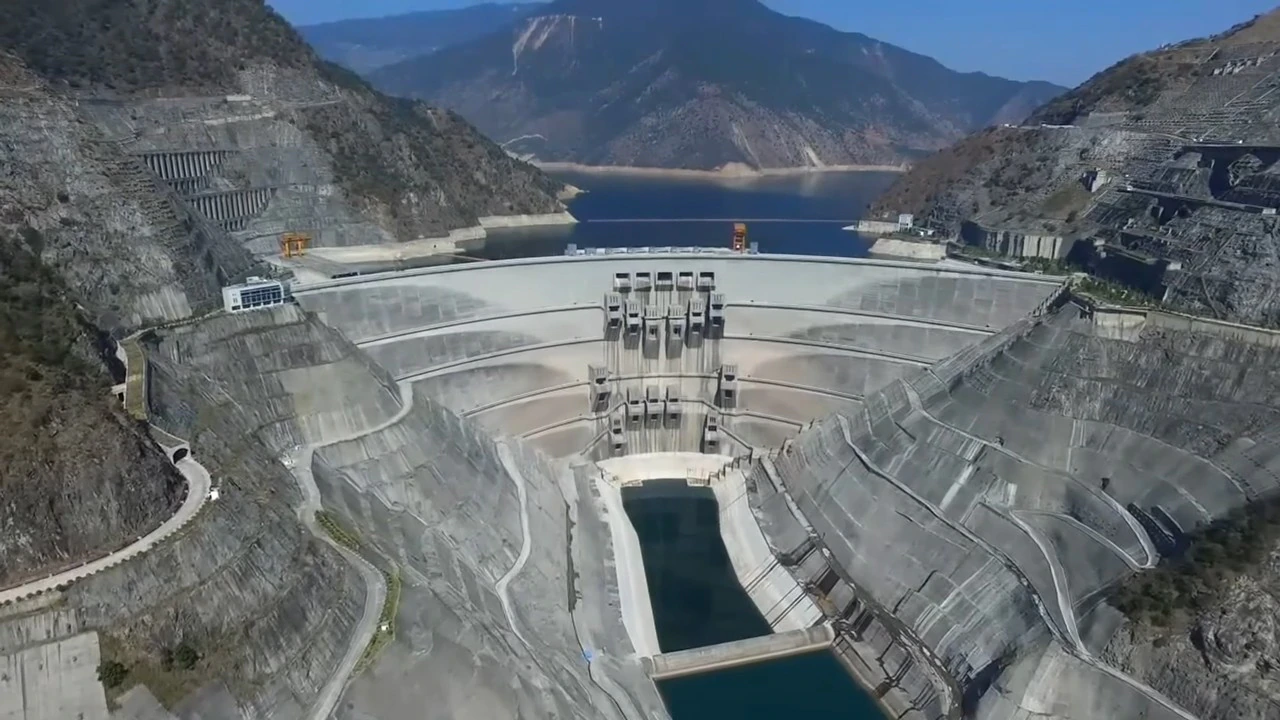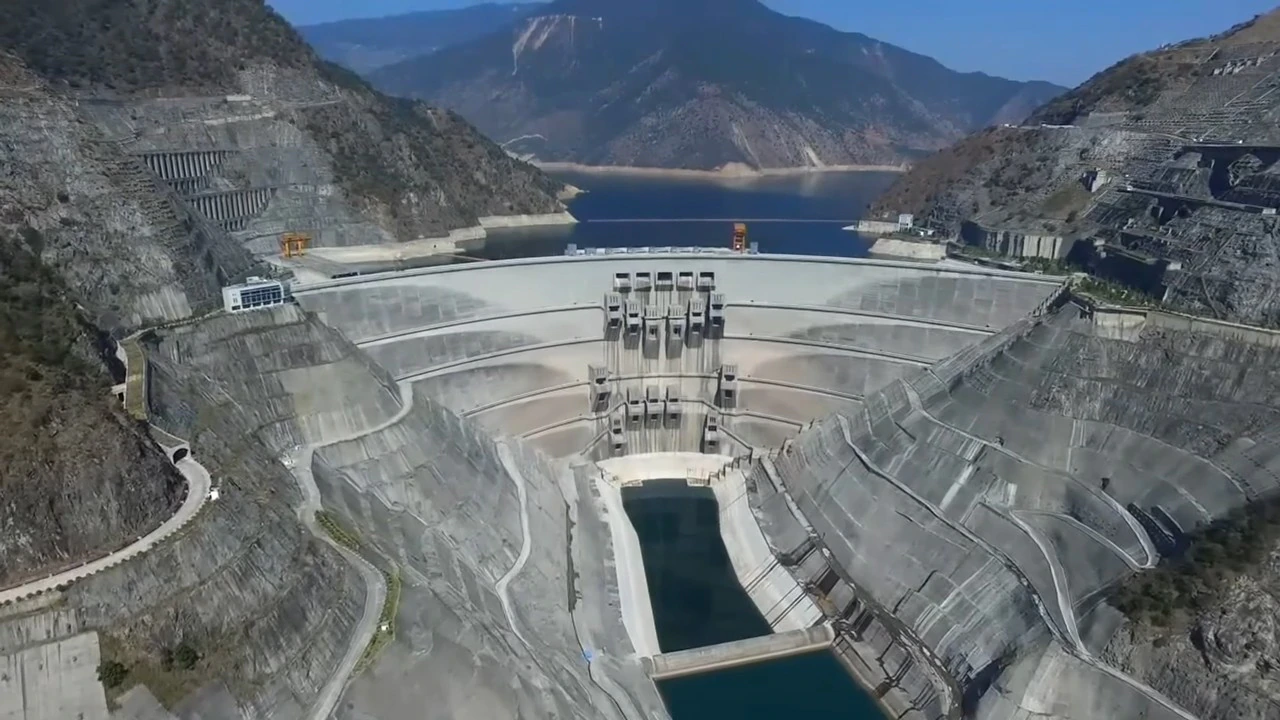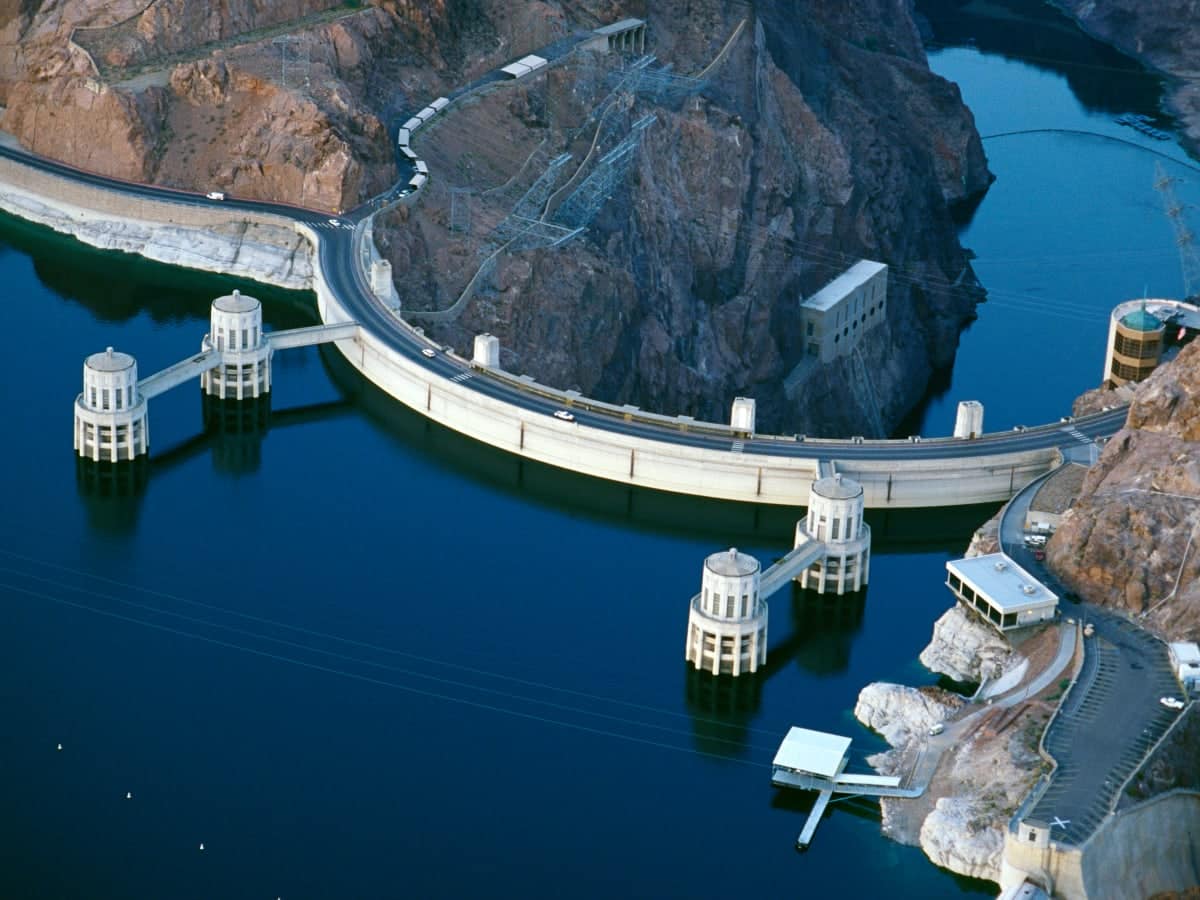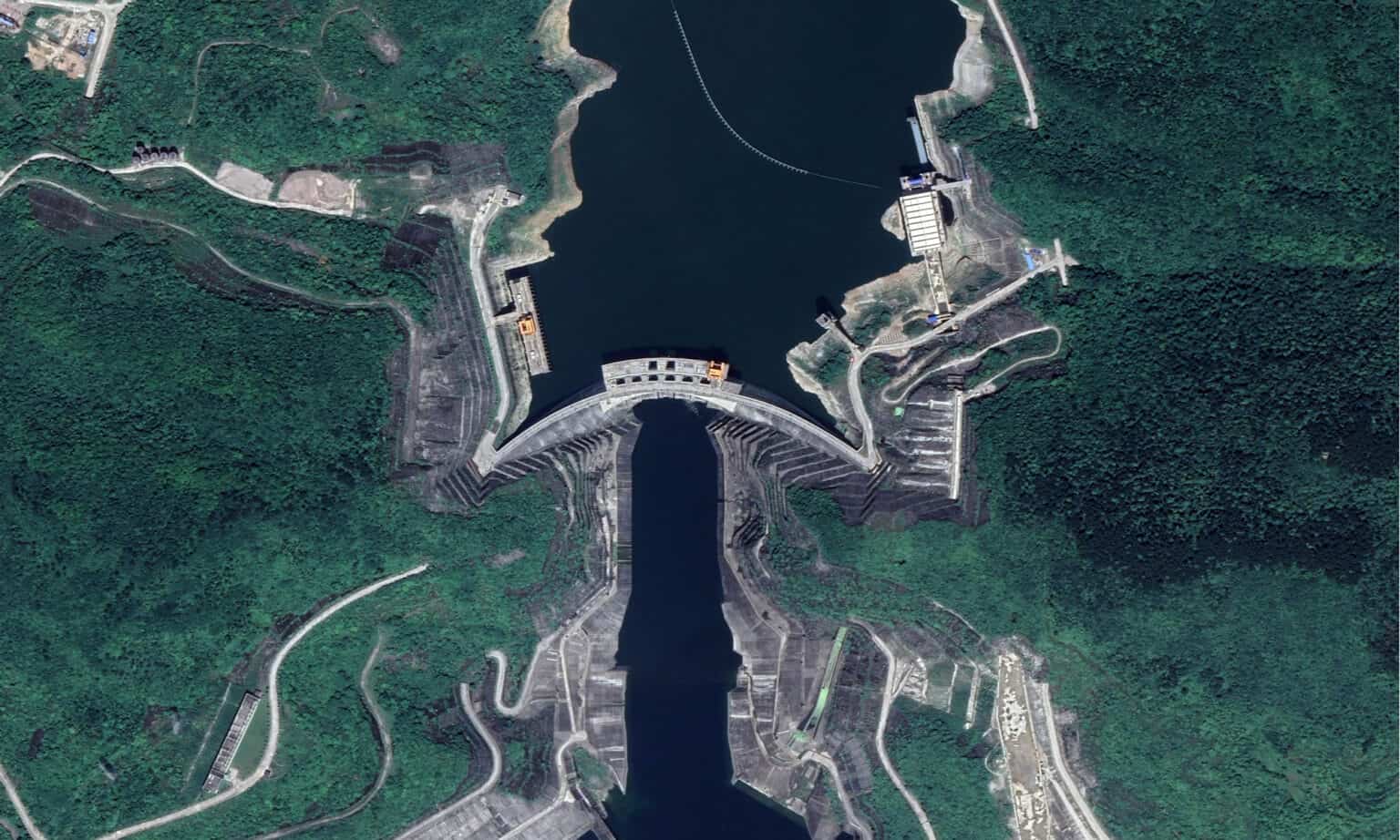The tallest dam in the world is the Jinping II Dam in China. The Jinping II Dam is 315 meters high and was completed in 2008. The largest dam in the world is the Three Gorges Dam on the Yangtze River in China. The Three Gorges Dam is 4,500 meters long and was completed in 2003.
Jinping I am dam
The Jinping I Dam is an embankment dam on the Jinsha River in Sichuan Province, China. The dam is the largest hydroelectric plant in the world, with an installed capacity of 22,500 MW and generates 86 TWh of electricity annually. This dam produces more than 10% of China's total electricity needs.


Although this has significantly reduced the risk of flooding, it has also resulted in annual erosion of the riverbed, releasing large amounts of sediment into the waters downstream. Jinping I Dam is located on the Jinsha River in Sichuan Province, a tributary of the Yangtze River that flows into Lake Hongjian.
Hoover Dam
The Hoover Dam was a great feat of engineering that helped bring electricity to the desert regions of the Southwest. The dam was built in the early 1930s. Hoover Dam is one of the most significant feats of American engineering in history because it was built with limited resources, mainly labor, some dynamite, and an average of 35 gallons of concrete per hour. It also helped change the United States' view of electricity-producing dams, as it became the model for future dam construction.


Hoover Dam is a 221.4 m high concrete arch dam. The length of the dam is 379 m.
Jinping II Dam
The Jinping II Dam is a hydroelectric project currently under construction in China. Once completed, the dam will generate 22.5 GW of electricity and have a total water storage capacity of 39.8 billion cubic meters. The Jinping II Dam will be the largest hydroelectric project in the world, with a capacity that will surpass the current largest dam in France, the Grand'Maison.
The Jinping II dam is being built on the Jinping River in the Chinese city of Yanqing. The Jinping River flows through a narrow valley and supplies water to six million people in Anhui, Jiangsu and Zhejiang provinces. This ambitious project will increase hydroelectric power production capacity by 22%, while creating more than 38 billion cubic meters of storage space to meet the needs of a growing and increasingly industrialized population.
Xiaowan Dam
The Xiaowan Dam is a concrete dam on the Jialing River in Nan'an, China. The dam was designed and built by the Soviet Union in 1972 and completed in 1973. The main purpose of the dam is to provide electricity, irrigation and flood control. The generator at the top of the dam produces 330 MW of electricity. The Xiaowan Dam flooded a large area near its base, briefly including large parts of Leqiu Municipality.
Baihetan Dam
Haihetan Dam is a hydroelectric power plant in northern Sichuan province, China. The dam aims to supply water to local agriculture and at the same time provide electricity to the city of Chengdu. At 318 meters high and with 8.3 million cubic meters of concrete, the Haihetan Dam is the third tallest in the world.


The dam was built between 1961 and 1965. Haihetan is located at the foot of the Dapeng Mountains, west of the city of Chengdu. The Haihetan reservoir is about 100 km long and has a total capacity of 2,971 million cubic meters. The dam is 318 meters high and has an installed capacity of 2,112 megawatts or 832 megawatts through tunnels placed below the water level to minimize the impact on local flora and fauna.
Xiluodu Dam
The construction of the Xiluodu Dam is a major project for the Chinese government. The dam is expected to help meet the country's growing energy needs and improve urban water supplies. The project will provide drinking water and electricity to millions of people in Beijing, Tianjin and Hebei.



